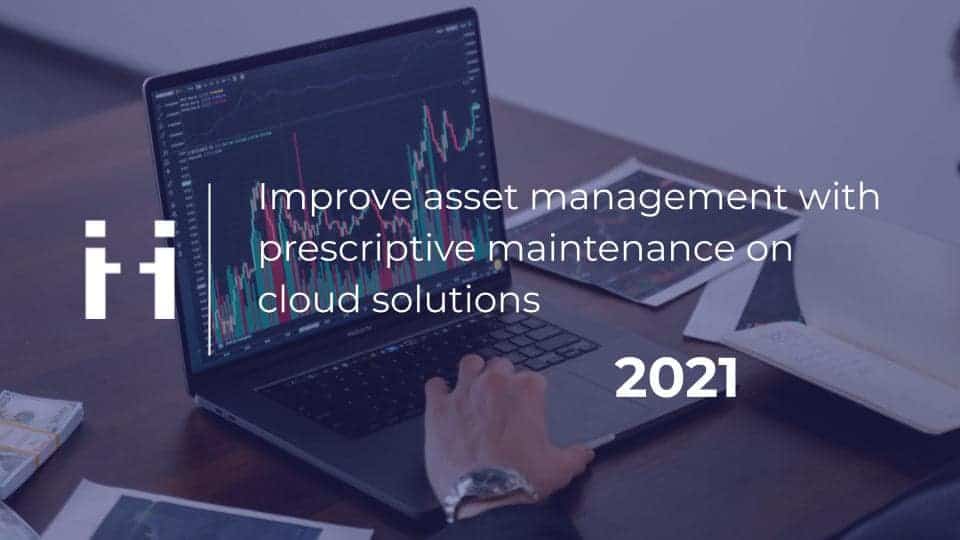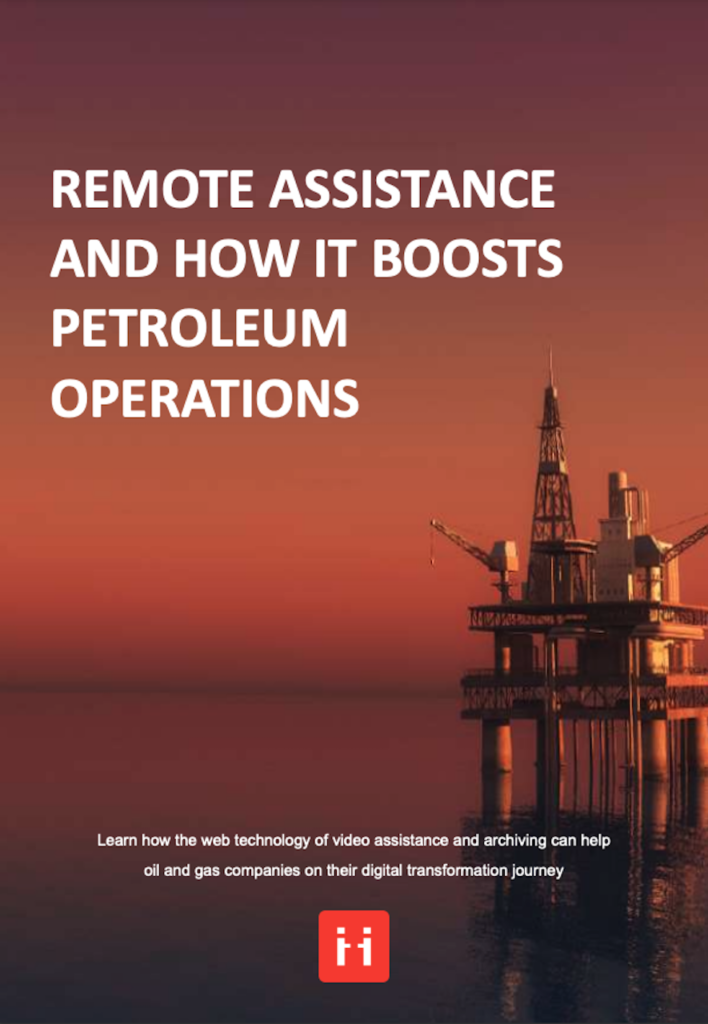
Share this article
Share this article
Prescriptive maintenance on Cloud-based systems is worth exploring if you’re looking to improve your asset management and predict failure or business-critical equipment long before it degrades and causes disruption. Prescriptive maintenance on the cloud analyzes variables like environmental information and usage patterns, correlating them with potential failures that may occur. This data is used to produce predictive models that are continuously updated with new information. These ever-evolving digital models are incredibly reliable in predicting the likelihood of future asset failure.
In simple terms, prescriptive maintenance is an asset maintenance solution that utilizes artificial intelligence and machine learning to monitor and adjust operating conditions to improve performance. A prescriptive maintenance strategy not only ensures your assets are performing at optimal levels but also allows for autonomous scheduling and planning of essential asset maintenance.
As with predictive maintenance, prescriptive maintenance makes use of smart sensors that work in tandem with associated software to provide analytical insights and deliver recommendations. Many systems also make use of the digital twin concept, using real-world data to produce virtual simulations of products or processes that can be used to determine future performance. What makes prescriptive maintenance so useful is that, once a fix or upgrade has been implemented, the monitoring process continues. This ensures that the action carried out has had the desired effect. Continued monitoring will also provide you with ongoing suggestions for further improvements.

More businesses than ever are embracing artificial intelligence as an essential component of their operation. The advent of artificial intelligence and machine learning has potential for many industry sectors, allowing companies to increase in-house efficiency and create lucrative new opportunities.
One of the key areas that can be improved with machine learning and artificial intelligence is asset management. The benefits of prescriptive maintenance are obvious. When deployed correctly, machine learning will enhance prescriptive maintenance measures, identifying potential equipment failures well in advance. This eliminates the chance of production stoppage and costly downtime. The financial impact of equipment can be devastating, even for larger organizations. Not only do funds need to be allocated to cover the cost of repair jobs and replacement components, but work orders are also affected. Budgeting for unplanned overtime further adds to these unexpected costs.
Machine learning and artificial intelligence ensure prescriptive maintenance strategies are as reliable as possible. By utilizing Machine Vision (MV) technology, there’s little room for human error. Machine learning and AI allow for improved maintenance scheduling and maximum confidence in the performance of your assets, ensuring you can continue to deliver products and services with no interruption.
Predictive maintenance usually employs refined sensors to gather data in real-time, providing accurate insight into the operational performance and overall condition of assets. The ongoing monitoring provided by predictive maintenance is certainly useful and, if utilized effectively, can be used to implement improvements and prevent downtime from derailing your operations. Although a standard predictive maintenance solution may provide you with a few basic recommendations, this approach is severely lacking when it comes to deeper analytical insights.
Prescriptive maintenance is a more refined take on predictive maintenance. With prescriptive maintenance, artificial intelligence and machine learning are used to provide you with a more complete picture when it comes to the operational performance and processes of your assets. In addition to incredibly reliable monitoring, prescriptive maintenance provides tailored suggestions on how you can refine your operation. This is crucial for streamlining workflows, improving production processes, and minimizing downtime.

Prescriptive maintenance is often considered the maintenance approach of the future. However, until very recently, real-time prescriptive maintenance was unattainable. Thankfully, technological innovation has caught up, making it one of the most proactive maintenance methods you can adopt for improved asset management.
Unlike other maintenance strategies, prescriptive maintenance utilizes the latest IIoT tools and artificial intelligence algorithms to ensure assets are performing at optimal levels. That being said, there are some hurdles to overcome before prescriptive maintenance becomes more commonplace across industry sectors.
Cost is often the most significant barrier to the wider adoption of prescriptive maintenance on cloud provider solutions. A reliable system not only requires top-tier smart sensors, but also dedicated data storage, reliable analytic software, and more. Many businesses may also be reluctant to adopt a new maintenance approach if their current methods are performing well. However, as costs become more affordable and prescriptive maintenance becomes the standard, companies will need to adapt to ensure they’re not falling behind their competitors.

Once prescriptive maintenance tools have analyzes the real-time data and machine conditions to predict future problems and suggest ways to optimize operations, the machines and technicians can create detailed work orders related to the performance findings. While the suggestions and data are provided by machines, the work orders will largely fall under the responsibility of on-site technicians.
When the technicians go to perform maintenance procedures on machines, they sometimes run into unexpected difficulties. With ViiBE visual support, the technicians can contact remote experts simply by launching a call from the ViiBE button embedded in their CMMS. With all experts registered to specific expertise skills, the call will route to a specific set of experts based on the asset in the work order. The first expert to answer the call will join a live, real-time video call with the technicians.
During the call, all participants have access to a set of collaborative and AR tools in order to better diagnose the issue with the machine and so the expert can better guide the technician through the necessary maintenance steps, without having to travel on-site to do it themselves.
Adopting a prescriptive maintenance on the cloud model needn’t be overwhelming. It’s also not the preserve of larger businesses. Smaller companies looking to explore the asset management benefits of prescriptive maintenance can hedge their beets with affordable smart sensor technology, remote service support, and cloud data storage. Larger businesses can also consider a more gradual introduction of prescriptive maintenance into their wider operation. This focused application can be used as a pilot scheme of sorts, demonstrating the effectiveness of prescriptive maintenance that can then be introduced to other areas.
Free E-book available now!